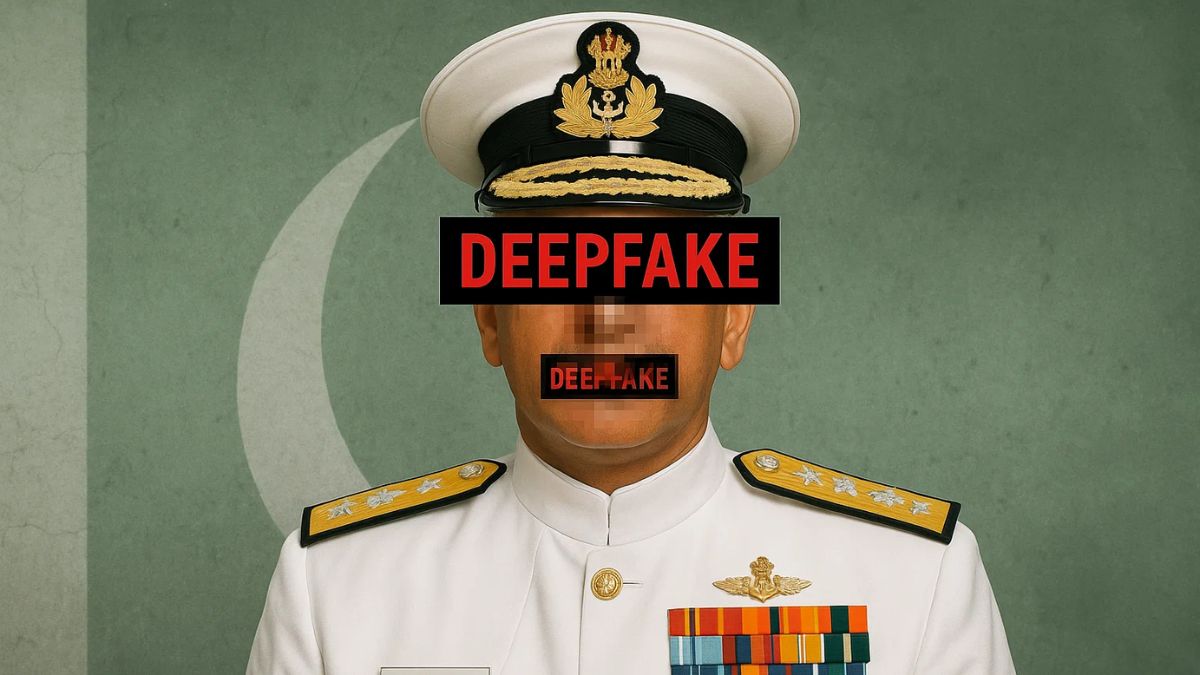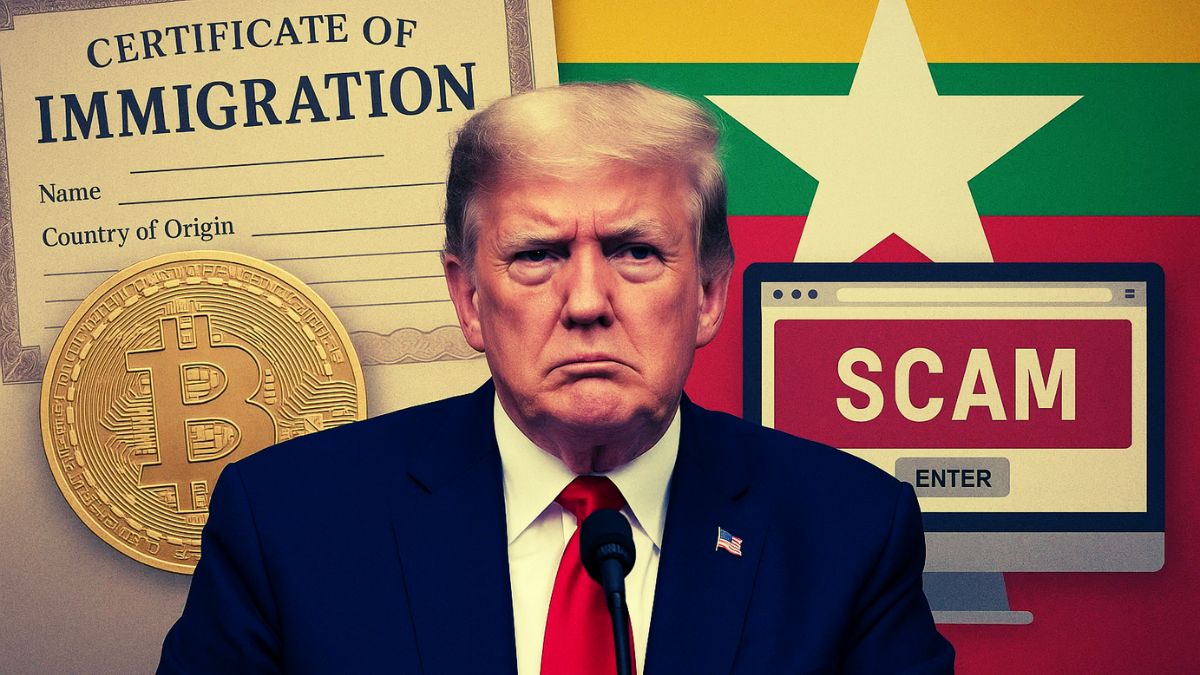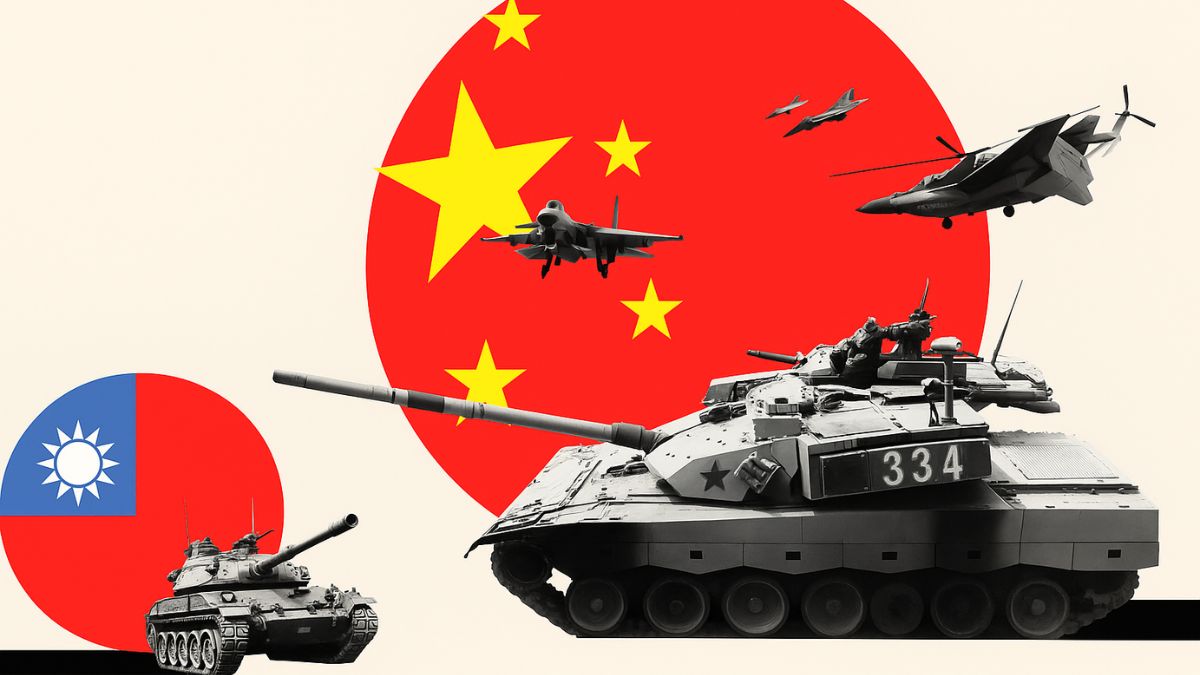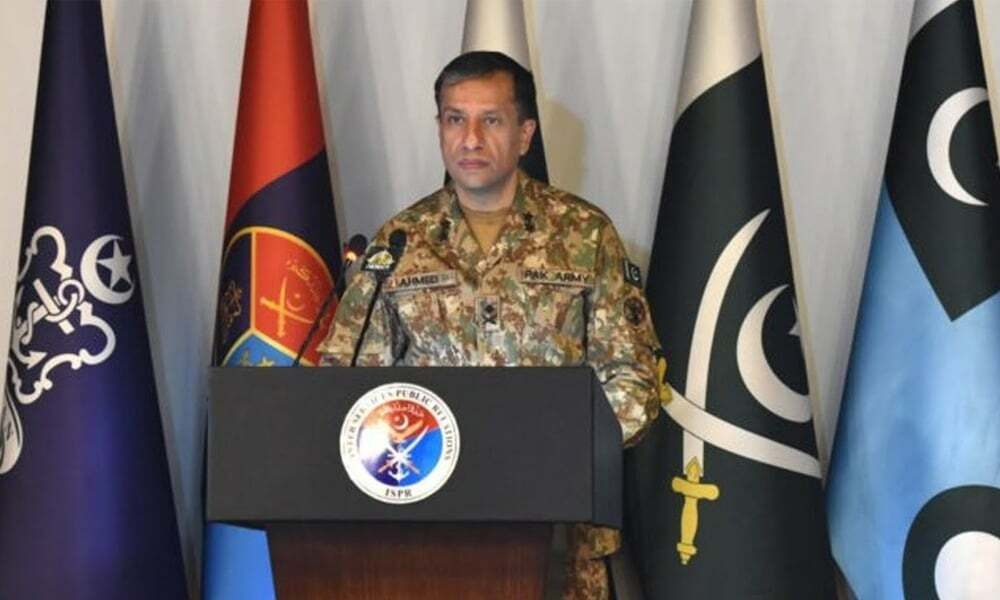Unresolved 7th CPC Anomalies: A Legacy Problem

Several anomalies in the 7th Pay Commission have caused issues for armed forces officers. Image courtesy: Representative picture via Pixabay
The 7th Central Pay Commission, rolled out in 2016, was supposed to bring parity and recognition for India’s Armed Forces. Nearly a decade later, what remains is not fairness but a set of anomalies that continue to erode morale, status, and financial well-being across the services.
Despite repeated appeals, tribunal verdicts, and even parliamentary scrutiny, these disparities persist. They are no longer administrative hiccups—they represent a breach in the covenant between the state and its soldiers.
Why is the NFU divide so damaging?
The most glaring gap is the denial of Non-Functional Upgradation (NFU) to Armed Forces officers. NFU was designed to ease career stagnation in highly selective hierarchies, and has been extended to almost every other organised Group A service, including the Central Armed Police Forces (CAPFs) after a 2019 Supreme Court judgment.
The irony is sharp. The very CAPFs modelled on the Armed Forces enjoy this relief, yet the Armed Forces themselves remain excluded. The Ministry of Defence’s claim that military hierarchies and allowances make NFU unworkable collapses when compared with the CAPFs, which operate under comparable pyramidal structures.
For officers caught in the steep bottlenecks of military promotion, NFU is not just about money—it is about professional dignity. Its absence tells those carrying the greatest risks that their careers will be valued less than their civilian peers.
What is the paradox over Military Service Pay?
Another anomaly lies in Military Service Pay (MSP), an allowance meant to recognise the unique demands of uniformed service. Under both the 6th and 7th CPC, MSP is paid only up to the rank of Brigadier. For Major Generals and above, it is notionally absorbed into basic pay, but ceases to exist as a separate benefit.
The result is paradoxical: the very officers expected to shoulder the heaviest command responsibilities lose out on an allowance that acknowledges the burdens of military life.
How does the Risk and Hardship matrix create inequality?
The 7th CPC’s Risk and Hardship (R&H) framework raised the Siachen allowance to Rs 42,500 for officers, yet also created contradictions. A Superintendent of Police posted in Ladakh or Shillong, for example, can draw Rs 54,000 as Special Duty Allowance— more than an Army officer in the same environment, who may get as little as Rs 13,900, or none at all.
This imbalance runs counter to the principle that greater risk should bring greater compensation. When the world’s highest battlefield is valued less than administrative postings, it sends a message that cuts deeper than pay slips.
How have institutions responded?
To address concerns, an Anomaly Committee for Defence was set up. Yet, most of the 18 issues raised remain unsettled years later. In many cases, grievances were simply reclassified as “demands,” shutting down any resolution.
Unlike their civilian counterparts, Armed Forces personnel cannot unionise or lobby. They rely entirely on good faith. That faith has been tested repeatedly, as favourable tribunal rulings are met with government appeals rather than implementation. The Finance Ministry has even clarified that the general Anomalies Committee is not meant for defence personnel, leaving them in a procedural void.
Has this strained civil-military relations?
Yes. The collective refusal of the three Service Chiefs in 2016 to implement the 7th CPC—an extraordinary step requiring political intervention—was a measure of how serious the gap had become. Their joint letter to the Prime Minister, offering only a “constrained” acceptance, laid bare the depth of mistrust.
Veterans’ groups, serving officers, and parliamentary committees have raised these concerns, but the pattern has been one of delay and deflection. This has steadily chipped away at trust between the Armed Forces and the civilian administration.
What is the way forward?
Fixing these anomalies requires more than tinkering—it demands political will. The Pay Commission process itself is flawed: it excludes uniformed representation, then leaves Armed Forces concerns at the mercy of bureaucratic interpretation.
The anomalies have lingered far longer than any previous transition, solidifying into permanent disadvantages. Every year compounds the financial loss, widens the trust deficit, and signals that military service is undervalued.
For a country facing complex security threats and relying on a volunteer force, this neglect is not just unfair— it is strategically dangerous. Correcting these disparities is less about technical compliance and more about safeguarding civil-military trust and honouring those who serve.







